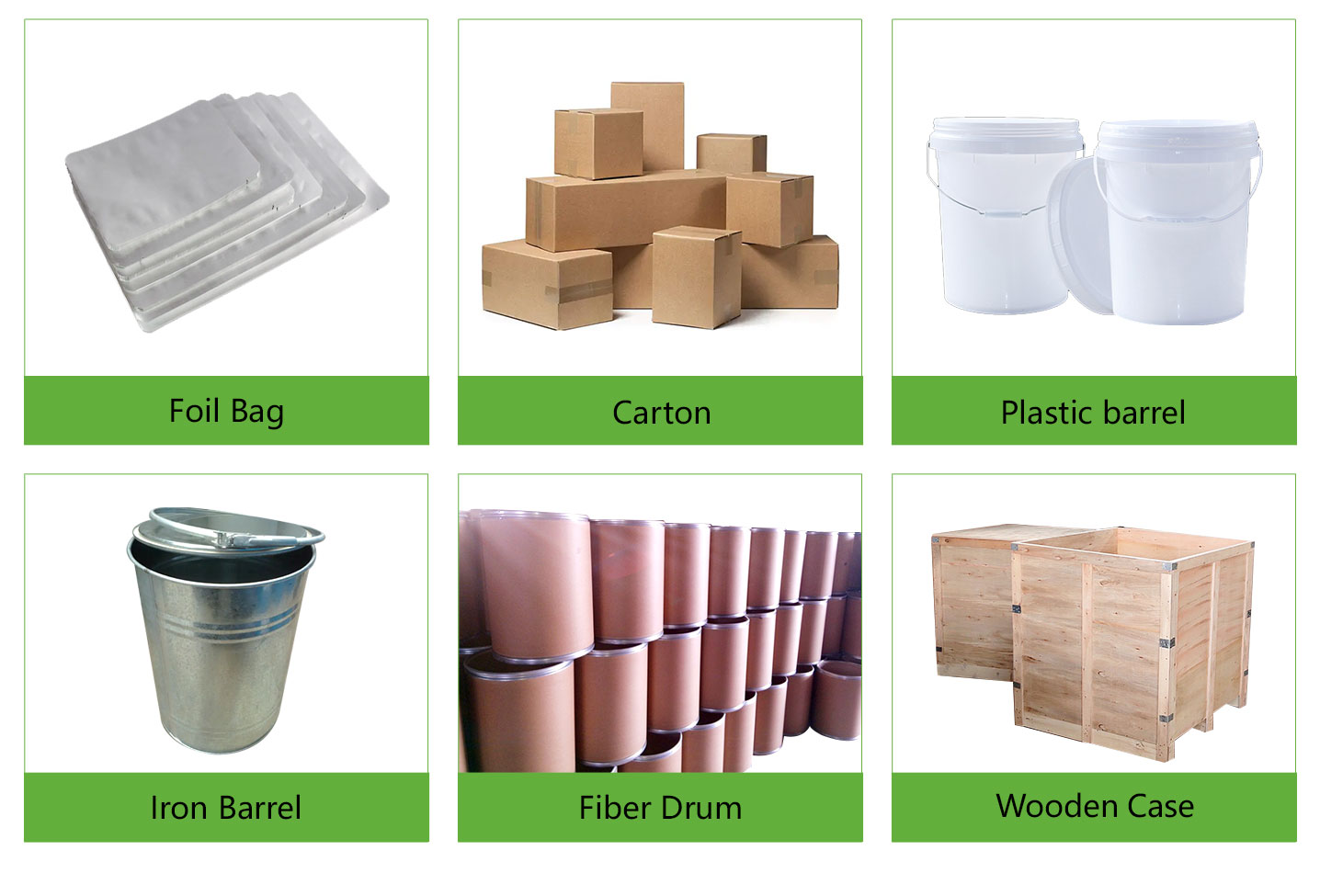Tungsten disulfide Properties
Low friction
The dynamic coefficient (WS2) of tungsten dioxide is 0.030. While the static coefficient (0.070-0.090) is between 0.070 and 0.090. The results can be affected by pressure, surface finish, and surface hardness. The results of extensive, continuous, real-time wear show little to no change over time unless extreme overload conditions are applied.
Chemistry stability
Tungsten diulfide (WS2) has a non-toxic, inert nature and is also non-corrosive. You can apply WS2 to any stable metal substrate. It does not react to most solvents. The fluorine and sulfuric acid, hydrofluoric acid and hot caustic solutions can strip it. While WS2 has a high resistance to corrosion, it is not able to prevent corrosion from inherently weak materials.
Compatibility
The WS2 can be used to make petrochemical oil and greases, synthetic oils as well as hydraulic oils. This oil has an affinity for oils and strives to preserve the fluid power.
High operating temperatures
WS2 operates at temperatures ranging from -460 F to 1200 F in normal air and 2400 in vacuum. The threshold for oxidation is 825°F. This is a very low level compared to other lubricants. It also has very low exhaust characteristics. Because of its high resistance to heat, tungsten fluoride is ideal for fitting bolts into studs or shafts in exhaust systems on all makes and models of cars.
What’s tungsten disulfide for?
Petroleum catalyst:
Due to its outstanding cracking ability, high catalytic activities, and extended service life, WS2 can also be used in catalysts for hydrogenation, desulfurization or polymerization.
A solid lubricant
The friction coefficient ranges between 0.01-0.03, with a compressive strength of up to 2100 MPa. This lubricant has many advantages, including a high lubrication temperature, low friction coefficient, low acid and alkali resistance and good corrosion resistance.
As energy storage electrode material:
WS2 refers to a type layered material that is interconnected by WMurS and van der Waals forces between layers. The distance between the layers is medium. This gives it good thermochemical stability, high storage performance, fast electron transfer rates, and excellent energy density.
Chip transistors
Low-dimensional semiconductor materials made from transition metals such as WS2 can be used to make semiconductor devices capable of more data processing and storage.
A high-performance additive for lubricating oils:
It has been shown that adding the appropriate amount of WS2 Nanoparticles to the Lubricating Oil can significantly improve its lubrication performance, decrease the friction coefficient by 20%-50%, increase oil film strength and reduce friction coefficient by 20%-50%. The lubrication performance of WS2 nanoparticles is better than the one provided by nano-MoS2.
Tungsten disulfide Price
Price is affected by many things, such as the demand and supply in the market and industry trends. Economic activity and market sentiment are also important.
Send us an inquiry if you want to know the WS2 latest price. (brad@ihpa.net)
Tungsten disulfide Supplier
Technology Co. Ltd. (), is a trustworthy Tungsten sulfide manufacturer, and Tungsten sulfide supplier. They have more than 12 years experience. All of our products are available for shipment worldwide.
Feel free to email us for a high-quality Tungsten diulfide powder. (brad@ihpa.net)
